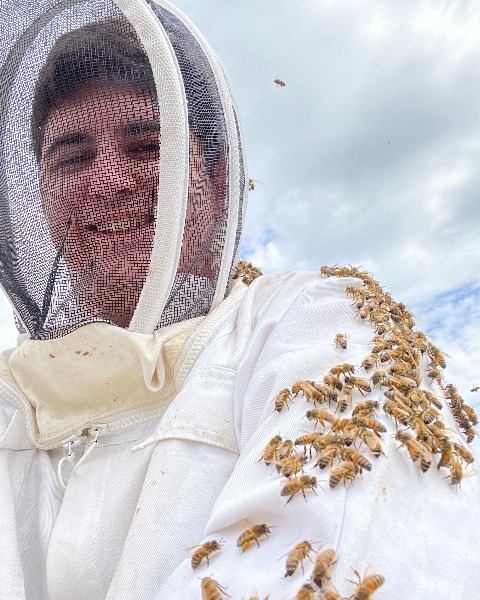Improving Communication Between Researchers and Stakeholders to Reduce Threats to Pollinators
Closing remarks
Tuesday, November 12, 2024
9:57 AM - 10:00 AM MST
Location: Phoenix Convention Center, 226 C, PCC

Brandon Patrick Shannon
PhD Candidate
The Ohio State University
Wooster, Ohio
Presenting Author(s)
There is often a disconnect between researchers and the stakeholders who are most affected by the application of research. Much of this disconnect is the result of barriers to science communication, such as closed-access publications, use of jargon, and insufficient scientific literacy that limits the understanding of nuanced conclusions or new findings. As scientists, we have the duty of engaging with society to disseminate research knowledge and provide a return on governmental and societal investment in scientific research. Additionally, scientists benefit from the two-way communication pathway that leads to unearthing of knowledge gaps or problems of particular communities. To truly empower tomorrow with insect science, the application of today’s scientific research must be appropriately communicated to its most affected stakeholders and the needs of stakeholders must be addressed by researchers. To meet this goal, we must understand the perceptions and beliefs of the targeted audience of a research problem for information messaging to be properly received. This symposium seeks to close the gap in the researcher to stakeholder communication pathway by generating dialogue about improving science communication strategies for reducing threats to pollinators. At the end of this symposium, attendees will have a better understanding of the need for appropriate science communication strategies and of the best practices to achieve proper research dissemination. The networking event following the symposium will encourage collaboration between extension agents, social scientists, and entomological researchers to improve the scientific process, from research to application.

.png)